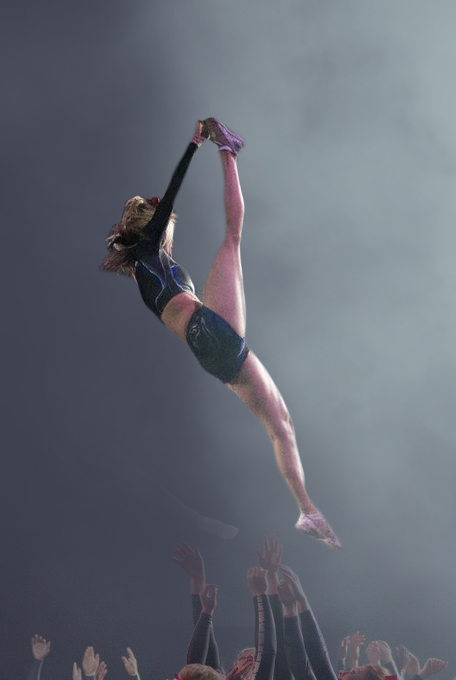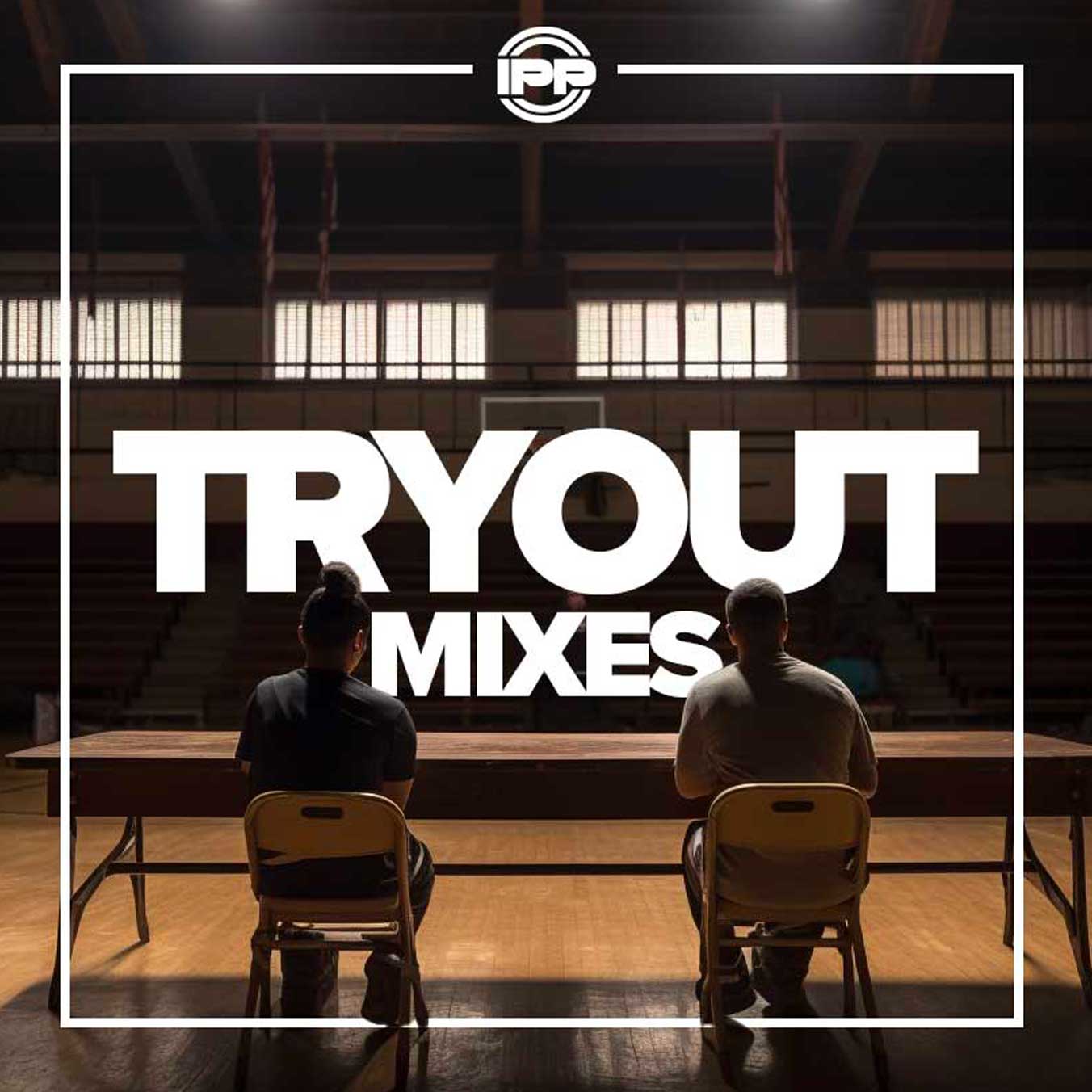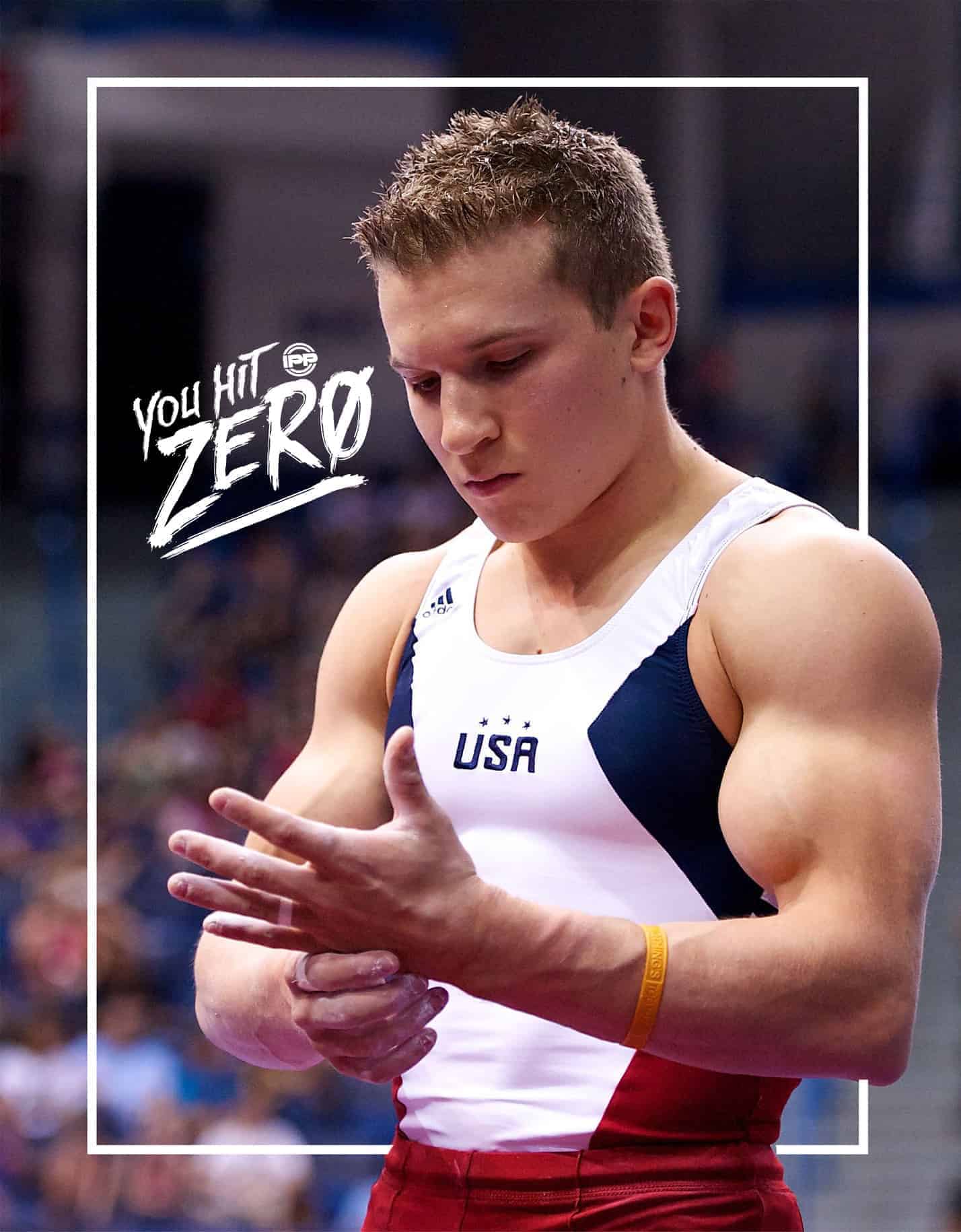By Matt Kelley
Published on March 5, 2019
Hello fellow Coaches & Athletes!I hope that my past 2 articles have helped you in some way or another. This article is going to be based on my 2 ways to teach an Arabian.
For me, I adjust which 1 of 2 ways that I teach the skill, based on the athlete. Also, the style you choose to team them, could be based on the equipment you have, or how much room you have in the gym to teach it, or if the athlete struggles to grasp one of the concepts.
Arabian option 1
1
- Stack up some mats, having the height of the mats be slightly lower than the athletes head.
- Do a round off (controlled rebound with you arms up), half turn, andtouch the top of the mat.
- You should have full control while doing this.
- NO kicking legs or wild arms.
- Do this a few times
2
Do the exact same thing, but add a forward roll on top of the mat.This will take you a few times. Make sure you have full control.
Think round off, rebound, half turn, drive the hips up and forward roll(with control).As they perfect this, you can add mats to increase theheight.
3
4
5
6
Lastly, put everything you just did together.
Think how it felt to do the drill up onto the mat, and think of how the rebound half turn forward roll felt, and
put it all together.
ARABIAN OPTION 2
If I am limited on space or time in the gym, I use this one
- Do a strong round off tuck into the pit.Arms up high & tight by your ears, and NO grabbing your legs. Do this multiple times.***Unlike Arabian Option #1, this is a rare time I spot an athlete.
- Spot the round off tuck (at the hips), and at the end of the skill, half turn them. Make sure the athlete knows not to drop their arms. Land with arms up & a tight core, slight bend in the knees. Do this multiple times.
- Once the athlete gets the hang of this, have them do it on their own.
With this technique, it gives the skill more of a “half” look. Which isn’t bad. In my experience, cheerleaders tend do spin early in their Fulls & Dbls. So it will start as a half, and eventually turn into an Arabian. The athlete just needs to start looking into their arm pit quicker & quicker as they get more comfortable.
I always prefer for the athlete to spin the same direction as the leg they round off with. So if you round off left, spin left. But it’s important to mention, it’s not impossible to spin one way and step out the other. But is slightly more difficult.

Personally, I prefer the athlete already has a perfect Running Full. And if you have read my past 2 articles, is STRONG. Strong technique & a Strong body.
Find which Option works best for you!
Whether gym space or time in a class. Really perfect each step before advancing to the next. The drills will really help you get it down.
I hope this article on how to Learn/Teach an Arabian helps you out!Thanks for reading.






















